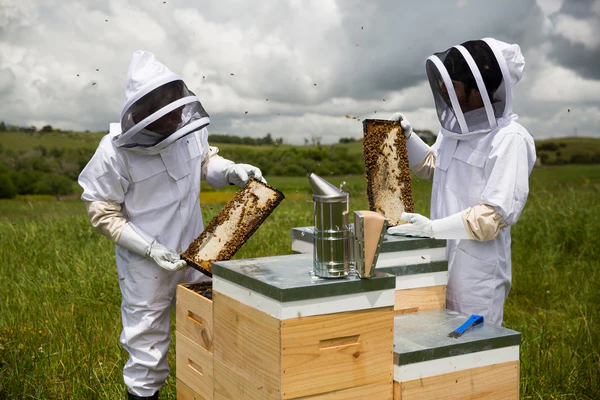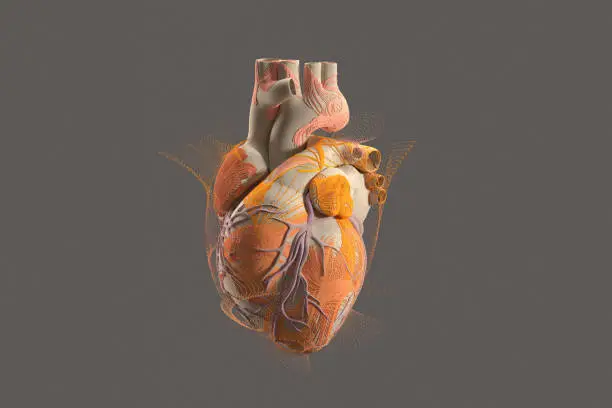What Do Bees Use Their Legs For?
Bees use their legs for various essential functions that contribute to their survival and the functionality of the hive. Here are some key purposes:
Mobility in the Hive
Bees use their six legs for walking and moving within the hive, on flowers, and other surfaces.
Inside the hive, bees walk on the comb surfaces, moving between cells, caring for the brood, and attending to other hive duties. The legs’ intricate structures help them navigate the complex environment of the hive.
Grooming
Legs play a crucial role in grooming activities, helping bees clean their bodies and remove pollen, dust, and parasites. Bees groom themselves using their legs. They use their middle legs to clean their antennae, head, and body. This grooming behavior is crucial for maintaining hygiene and removing dirt or foreign particles.
Feeding
Bees use their legs to handle and manipulate food. When collecting nectar or pollen, the front legs play a role in transferring these resources to the mouthparts for further processing.
Pollen Collection
Specialized structures like pollen baskets and brushes on the legs aid in collecting and transporting pollen from flowers to the hive. The hind legs of worker bees are equipped with specialized structures called pollen baskets or corbiculae. During visits to flowers, they collect pollen and pack it onto these baskets, creating compact loads that they carry back to the hive.
Nectar Collection
They use their legs to manipulate flowers, extracting nectar that they carry back to the hive. When foraging for nectar, bees use their proboscis (mouthparts) to suck in the nectar. The forelegs assist in holding onto the flower, while the middle and hind legs are involved in gathering and transporting nectar.
Tactile Feedback
Leg receptors provide tactile feedback, allowing bees to sense their environment, detect obstacles, and explore surfaces.
Nesting Activities
Legs contribute to activities within the nest, including caring for eggs, larvae, and pupae, and maintaining the hive’s cleanliness.
Flight
Legs are essential for take-off, mid-air maneuvers, and landing during flight, contributing to a bee’s overall agility.
Self-Defense
While not the primary defense mechanism, bees may use their legs for grooming and warding off threats within the hive.
Temperature Regulation
They may use their legs to regulate the temperature within the hive by fanning or clustering. They use their legs to regulate hive temperature. During warm weather, worker bees may fan their wings and legs to cool the hive, while in colder conditions, they may use their legs to cluster together and conserve heat.
Resource Collection
They may use their legs to collect various resources such as water, which is essential for hive activities.
Social Interactions
Legs play a role in social interactions, including interactions between bees and the queen, as well as between worker bees. While primary communication is through pheromones. Bees communicate through various movements, including leg movements or dances. The intricate waggle dance, performed by worker bees, involves specific leg movements to convey information about the location of food sources to other members of the hive.
FAQs
How many legs do bees have?
Bees have six legs – or three pairs. Read More
What is the significance of wax glands in a bee’s abdomen, and how do the legs contribute?
Wax glands in the abdomen produce wax, and the legs help mold and shape this wax into comb structures within the hive.
Are there differences in how worker bees and other castes use their legs?
Yes, worker bees have various roles, including foraging, nursing, and grooming, each involving specialized leg functions.
How do bees use their legs to contribute to the creation of honey?
Bees contribute to honey production by collecting nectar and manipulating it into honeycomb cells using their legs.
How do they use their legs for social interactions within the hive?
Leg movements, along with other behaviors, contribute to social interactions, including grooming and food-sharing among hive members.
Can they manipulate objects with their legs?
Yes, they are capable of manipulating objects, such as shaping bee wax or handling food, using their legs.





